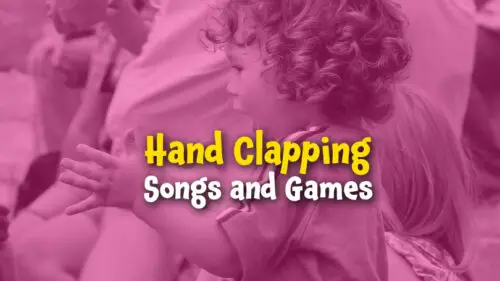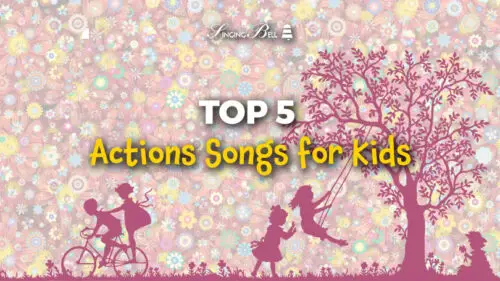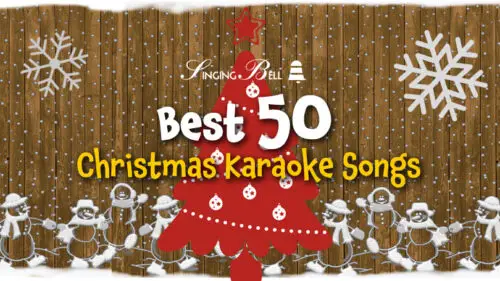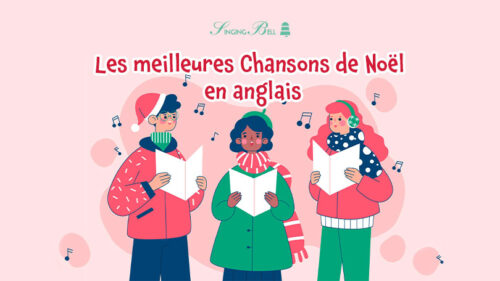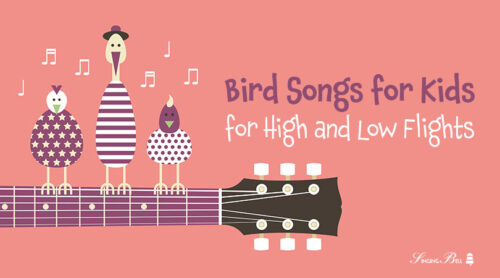
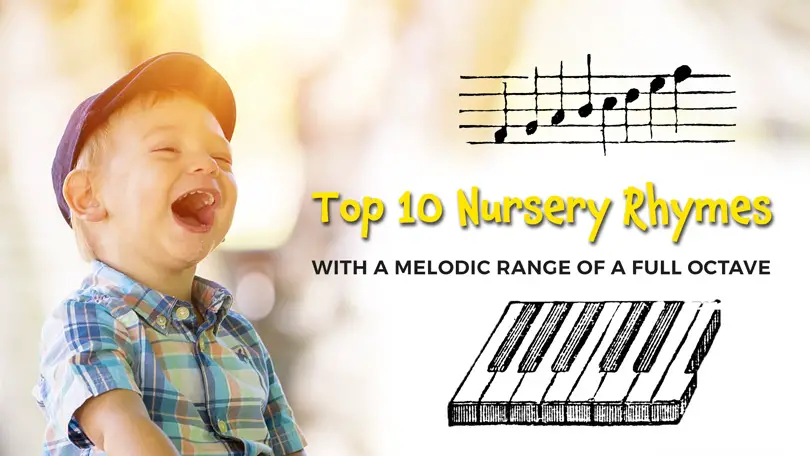
Most nurseries rhymes are sung in the range of six notes, and those moving within the octave do not use all of its notes. The following songs have a melodic range of one octave and cover all the notes in it. They can be useful not only to have fun singing with children, but also to teach a musical instrument or music theory to the oldest of them.
You can find the scores to the rhymes by clicking on the corresponding link after the video of each song.
Table of Contents
- Three Blind Mice
- Hickory, Dickory, Dock
- Humpty Dumpty
- Skidamarink
- Head, Shoulders, Knees and Toes
- Ride a cock-horse to Banbury Cross
- Little Boy Blue
- Girls and Boys Come Out To Play
- Oranges and Lemons
- Brahms’ Lullaby
1.
Three Blind Mice
“Three Blind Mice” is a nursery rhyme which can be sung as a round. (see also “Banuwa”, “Frère Jacques”, “Kookabura”, “Row, row, row your boat” and “Jack and Jill”). A version of this rhyme was published in 1609 by Thomas Ravenscroft, an English musician, theorist and editor, notable as a composer of rounds.
Printable lyrics, score and free instrumental download, here.
2.
Hickory, Dickory, Dock
“Hickory, Dickory, Dock” is a often sung as a counting-out song. The words to this 1744 rhyme is thought to have been based on the astronomical clock at Exeter Cathedral, in Devon, South England. The clock has a small hole in the door below the face for the resident cat to hunt mice.
Printable lyrics, score and free instrumental download, here.
3.
Humpty Dumpty
The rhyme of this English song, expressing probably a riddle, dates from the late eighteenth century and the tune from 1870, but there is no specific information about its origins. Humpty Dumpty is a figure usually illustrated as an anthropomorphic egg. As a character it is most known from Lewis Carroll’s novel “Through the Looking-Glass”.
Printable lyrics, score and free instrumental download, here.
4.
Skidamarink
“Skidamarink” is a popular preschool song. The initial version of the song, originally titled “Skid-dy-mer-rink-adink-aboomp” or “Skiddy-Mer-Rink-A-Doo” (as a gibberish the tittle has various spellings) was written by Felix F. Feist (lyrics) and Al Piantadosi (music) for the 1910 Charles Dillingham Broadway production “The Echo.” In Canada, the song was popularized by the band Sharon, Lois & Bram, who first released it on their debut album “One Elephant, Deux Elephants” and then sang it on The Elephant Show.
Printable lyrics, score and free instrumental download, here.
5.
Head, Shoulders, Knees and Toes
“Head, Shoulders, Knees and Toes” is a children’s song sung to the tune of the traditional folk song “There is a Tavern in the Town”, which first appeared in the 1883 edition of William H. Hill’s Student Songs.
Printable lyrics, score and free instrumental download, here.
6.
Ride a cock-horse to Banbury Cross
“Ride a cock horse to Banbury Cross” is an English nursery rhyme that makes reference to the town of Banbury, Oxfordshire, 64 miles (103 km) northwest of London. A “cock-horse” can mean a high-spirited horse, and the additional horse to assist pulling a cart or carriage up a hill. It can also mean an entire or uncastrated horse. From the mid-sixteenth century it also meant a toy horse or an adult’s knee used as a horse in a galloping game.
Printable lyrics, score and free instrumental download, here.
7.
Little Boy Blue
“Little Boy Blue” is a popular English-language nursery rhyme, often used in popular culture. The earliest printed version of the rhyme is in Tommy Thumb’s Little Song Book (c. 1744), but the rhyme may be much older.
Printable lyrics, score and free instrumental download, here.
8.
Girls and Boys Come Out To Play
“Girls and Boys Come Out To Play” is a very old English song for children, as it appears in Tommy Thumb’s Pretty Song Book (London, 1744), the earliest collection of English-language nursery rhymes. refers to the time when most children had to work and there was little time for play.
In fact, it wasn’t until the Industrial Revolution that education started being considered as absolutely necessary for all children (not only for kids of well-off families). It was when the custom for children to help their parents on the land during the day and play only in the afternoon started to disappear.
Printable lyrics, score and free instrumental download, here.
9.
Oranges and Lemons
“Oranges and Lemons” is a nursery rhyme and one of the most popular singing games. The text cites, through their bells who are supposed to talk to each other, several churches of London. The first of them, St. Clement, could be referring to the church of St. Clement Danes or St. Clement Eastcheap, close to which there is a market of citrus fruits. The bells of St. Clement Danes are today tuned to the melody of the rhyme. The last stanza appears for the first time in James Orchard Halliwell’s collection of English Nursery Rhymes, in 1840’s, while in earlier versions it was absent.
Printable lyrics, score and free instrumental download, here.
10.
Brahms’ Lullaby
“Brahms’ Lullaby” is a lullaby composed by Johannes Brahms (1833 – 1897) and was a gift to Bertha Faber, a composer’s friend and lover, on the occasion of the birth of her second son. It’s original title is “Wiegenlied: Guten Abend, gute Nacht” (“Good evening, good night”), sorted as Op. 49, No.4 and first published in 1868.
Printable lyrics, score and free instrumental download, here.
Did you like this post? Rate it!
You may also like:
20 of the Best Bedtime Songs for Kids to Help Them Relax and Get Ready for Sleep




